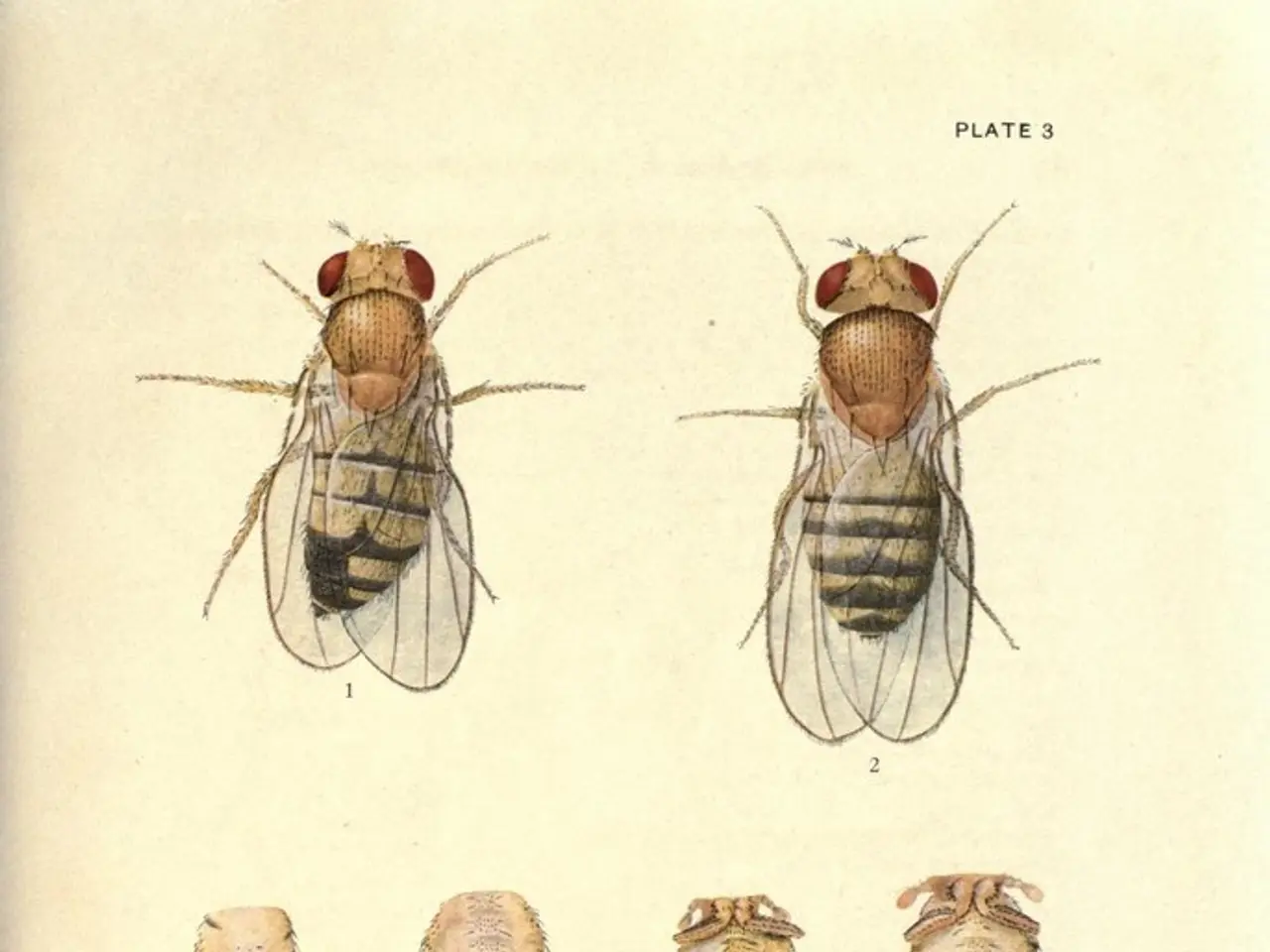Australian researchers unearth a colossal stick insect, measuring 15 inches in length and nearly identical in weight to a golf ball.
Newly Discovered Giant Stick Insect Highlights the Importance of Rainforest Conservation
A new species of giant stick insect named Acrophylla alta has been discovered in the high-altitude rainforests of northern Queensland, Australia. This remarkable find emphasizes the need to protect "marvelous natural places" like the Wet Tropics World Heritage Area, as the insect's habitat provides conditions suitable for its large size and high density.
Acrophylla alta is restricted to a small area of high-altitude rainforest and lives high in the canopy. The captured female specimen measured an impressive 15.75 inches in length and weighed approximately 1.5 ounces, making it the heaviest insect ever recorded in Australia. Although it is not the longest stick insect in the country, it is believed to be the heaviest known species.
The new study, published in the journal Zootaxa, details the discovery made by Professor Angus Emmott from James Cook University and his team. The discovery has reignited conversations about the importance of forest conservation for the field of science, as it highlights how little is still known about Earth's rainforests.
Professor Emmott expressed concern that scientists might be losing species before they even know they exist. He stated, "The discovery of Acrophylla alta underscores the importance of exploring and understanding our planet's rainforests. There could be many more species out there, hidden in the canopy, waiting to be discovered."
Peter Valentine, a former chair of the Wet Tropics Management Authority, agreed, suggesting that canopies are not well studied and there might be many more species in the canopy than we can even imagine. He emphasized the need for further research and conservation efforts to protect these unique ecosystems.
The environmental factor that contributes to the large size and high density of Acrophylla alta is related to its habitat in a remote tropical rainforest environment. The species likely finds suitable food supply and environmental stability in this specific ecosystem, which allows for large insect growth. The mention of "high-altitude Australian rainforest" aligns with the species' adaptation to that particular environment.
While the provided search results do not explicitly state a single environmental factor such as temperature or altitude, the context indicates that the species' existence in the high-altitude tropical rainforest supports its substantial size and density.
Two females of the species have been found, but no males have been located yet. The discovery of Acrophylla alta in the Australian rainforest serves as a reminder of the wonders that still await us in the depths of the world's rainforests and the importance of preserving these "marvelous natural places" for future generations.
- The new species of giant stick insect, Acrophylla alta, discovered in the high-altitude rainforests of northern Queensland, underscores the significance of environmental-science and personal-growth, urging us to prioritize learning about Earth's rainforests, including the Wet Tropics World Heritage Area, for our education-and-self-development and the well-being of future generations.
- As the larger size and increased density of Acrophylla alta can be attributed to the unique conditions in rainforests, gardening enthusiasts and home-and-garden enthusiasts alike might find a new interest in preserving natural habitats as a means of promoting environmental-science and learning about the wonders of nature.
- The finding of the remarkable Acrophylla alta highlights the need for increased conservation efforts in high-altitude rainforests, as the preservation of these "marvelous natural places" supports the survival of species like this one, ensuring their continued existence and further possibilities for science and learning.
- By learning and understanding the fascinating life cycle and adaptations of creatures such as Acrophylla alta, individuals can engage in personal-growth and expand their lifestyle perspectives, fostering a deeper appreciation for both the natural world and the importance of science in helping us uncover its secrets.
- While the habitat of Acrophylla alta is not easily accessible to the general public, visitors to rainforests can still contribute to the overall conservation of these vital natural ecosystems, aiding in the advancement of environmental-science and fostering a more sustainable lifestyle for themselves and others.




